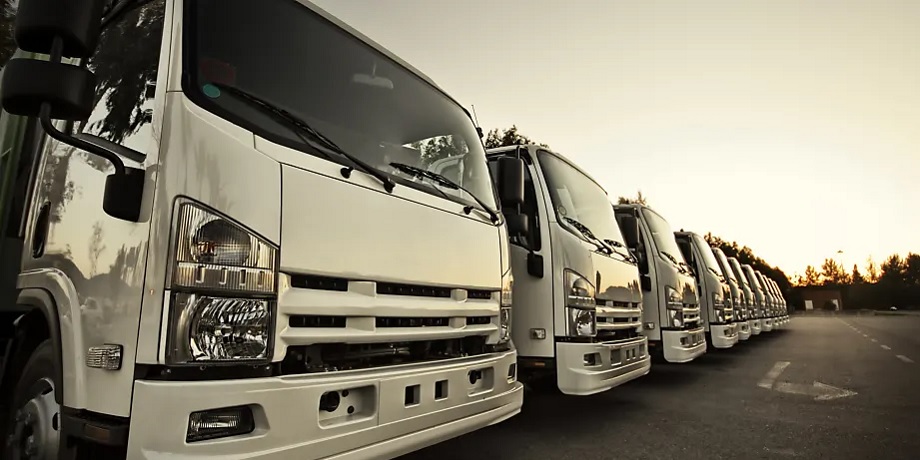A shorter public fleet equipment procurement process flow

Imagine your bid process is like the children’s game Chutes and Ladders. The rules are simple: make your way to the goal as quickly as you can. By moving one square at a time, though, you probably won’t move fast enough to win the game. In order to win, you have to land on the “ladders” to quickly move ahead of your competitors.
When you consider your procurement process, some options improve the procurement process flow and enable you to move faster, and other options slow the bid process down and send you sliding down a “chute,” wasting valuable time.
Management of this procurement process is one of several challenges for public entities trying to maintain a fleet. Let's first define the “chutes” of the process, specifically when purchasing fleet equipment in the public sector.
Finding the equipment you want and its availability are currently major issues with inventory worldwide. Even if you do find what you want, creating the right specs to get it out to bid takes additional time. These challenges, along with supply chain issues and delivery delays, all slow down the process. Getting in front of these delays as much as possible is critical.
Now that you know the delays (the “chutes”), you can troubleshoot the solutions (the “ladders”) by unpacking the factors of the bid cycle that accelerate the process.
Bidding takes time, and just like in the game, you can’t automatically go straight to the end without breaking the rules. Regulations for public entities require bid processes to be transparent and at times, have minimum requirements for open bids.
While you can’t “skip” to the end, you can find a ladder or two along the way, something to accelerate the procurement process flow, such as cooperative agreements. Through a co-op, you can procure public fleet equipment quickly and painlessly, especially compared to the traditional bid process.
Are you not sure where to start? Partners like Sourcewell can help. These procurement experts can connect local governments with suppliers of all shapes and sizes that can help meet the organization's needs.
Do note that cooperative agreements are not about cutting corners but can accelerate a process to ensure that you can purchase the fleet needed to do the job. Government entities can “piggyback” on cooperative contracts instead of taking the time required to meet the many regulatory guidelines that each state sets out.
When doing competitive bidding, you dedicate a great deal of time up front for research and writing an RFP. At times, you might want to do the entire process in-house. However, using a cooperative agreement is usually a more efficient route.
Capture monetary savings through basic economies of scale. Since thousands of public agencies have access to these contracts, suppliers keep prices competitive and are often lower than on the open market. You can capture cost savings with not only the price of the fleet but also the time saved by staff completing the cumbersome process of bidding out equipment.
At times, you'll discover the real danger with the traditional procurement process when you hit a “chute” and lose valuable time. You might also miss out on the equipment that you want if the specs are not precise enough. Through a partner like Sourcewell, you’ll find a clear and easy process—like a long ladder right to the top.
Here at Sourcewell, we help public agencies procure fleet vehicles faster by helping them avoid the time-consuming process of bidding. Through cooperative contracts, we expedite the fleet vehicle procurement process so you can better serve your teams.
Tired of the lengthy process of bidding and want a faster procurement process? Contact one of our specialists today to get the fleet vehicles you need without all of the headaches!


